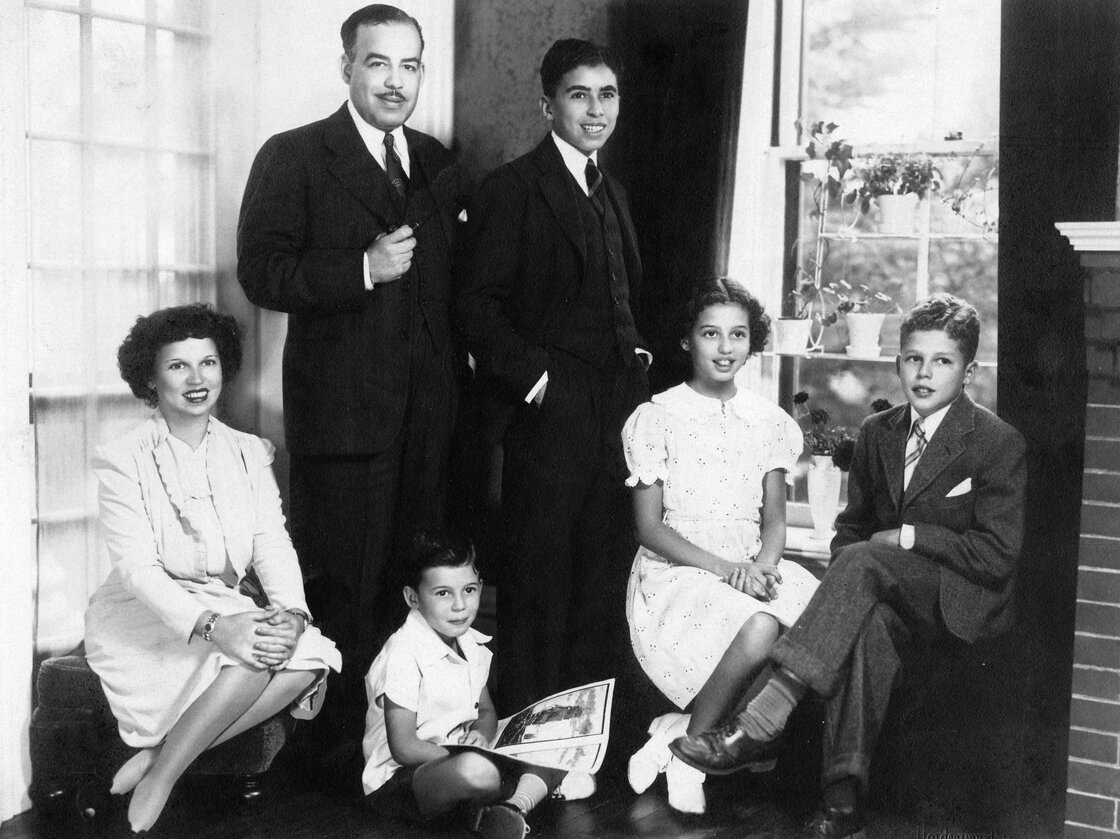‘A Chosen Exile’: Black People Passing In White America
Code Switch: Frontiers of Race, Culture and Ethnicity
All Things Considered
National Public Radio
2014-10-07
Karen Grigsby Bates, Correspondent
Culver City, California

Dr. Albert Johnston passed in order to practice medicine. After living as leading citizens in Keene, N.H., the Johnstons revealed their true racial identity, and became national news. (Historical Society of Cheshire County)
Several years ago, Stanford historian Allyson Hobbs was talking with a favorite aunt, who was also the family storyteller. Hobbs learned that she had a distant cousin whom she’d never met nor heard of.
Which is exactly the way the cousin wanted it.
Hobbs’ cousin had been living as white, far away in California, since she’d graduated from high school. This was at the insistence of her mother.
“She was black, but she looked white,” Hobbs said. “And her mother decided it was in her best interest to move far away from Chicago, to Los Angeles, and to assume the life of a white woman.”…
…Hobbs began writing about passing for her doctoral dissertation, and was encouraged to turn it into a book. The dissertation became A Chosen Exile: A History of Racial Passing in America. It’s a history of passing told through the lens of personal stories…
…Then there’s the sad tale of Elsie Roxborough, a beauty from a distinguished Detroit family who became the first black girl to live in a dorm at the University of Michigan. She tried acting in California, then moved to New York to live as a white woman. When her disapproving father refused to support her, Roxborough — then known as Mona Manet — committed suicide. Her grieving and equally pale sister passed as a white woman to claim the body, so Roxborough’s secret wouldn’t be given away. Her death certificate declared she was white….
Read the article here. Listen to the story (00:04:58) here. Download the story here.
